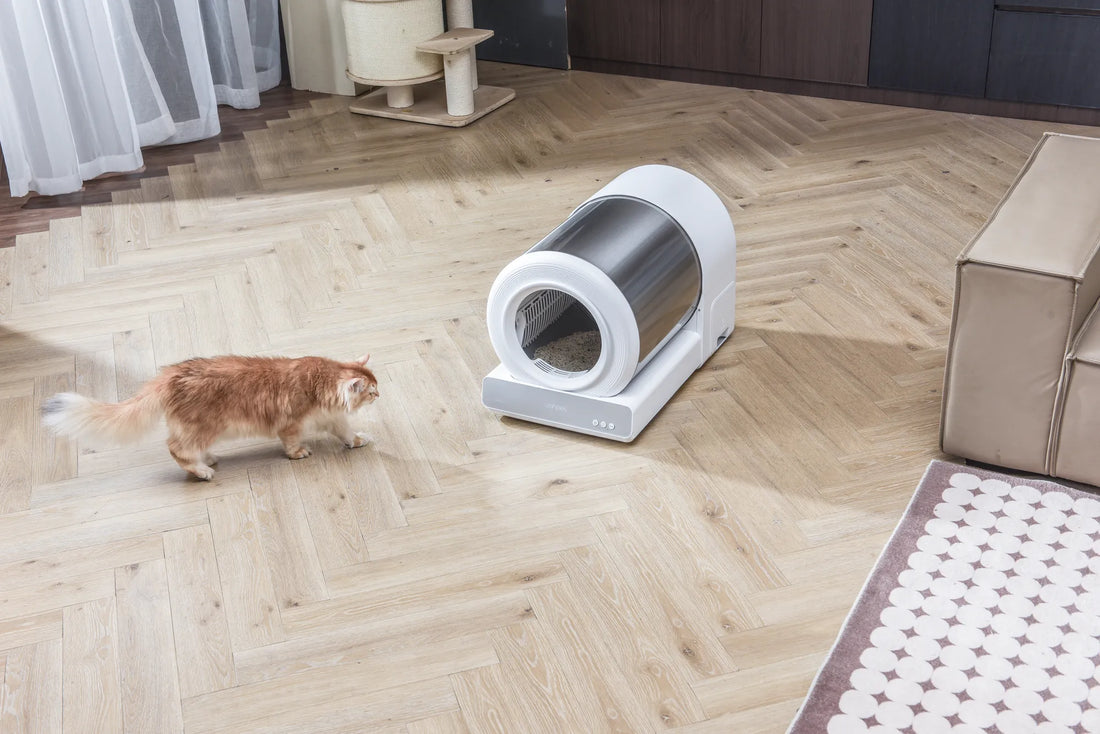If your cat refuses to pee in the litter box, you're not alone. This common issue can be frustrating for pet owners, but understanding the underlying causes is the first step toward finding a solution. Cats are creatures of habit, and any deviation from their routine can lead to behavioral changes. In this article, we'll explore the possible reasons behind this behavior and provide practical tips to help your feline friend get back on track.
Understanding Your Cat's Behavior
Cats are naturally clean animals, and their instinct is to bury their waste. When a cat refuses to use the litter box, it's often a sign that something is wrong. The key is to identify the root cause, which can range from medical issues to environmental factors. By paying close attention to your cat's behavior and making necessary adjustments, you can help resolve the problem.
Common Reasons Why Cats Avoid the Litter Box
There are several reasons why your cat might be avoiding the litter box. Here are some of the most common causes:
Medical Issues
One of the first things to consider is whether your cat has a medical condition. Urinary tract infections, bladder stones, and other health problems can make it painful for your cat to urinate, leading them to associate the litter box with discomfort. If you notice any signs of distress, such as frequent trips to the litter box without producing much urine, it's essential to consult your veterinarian.
Litter Box Preferences
Cats can be picky about their litter box. The type of litter, the size of the box, and even its location can all influence whether your cat uses it. Some cats prefer unscented litter, while others may avoid a box that's too small or too deep. Experimenting with different types of litter and box designs can help you find what works best for your cat.
Stress and Anxiety
Stress is another common factor that can lead to litter box avoidance. Changes in the household, such as a new pet, a move, or even a change in routine, can cause anxiety in cats. This anxiety may manifest as a refusal to use the litter box. Providing a calm and stable environment can help alleviate your cat's stress and encourage them to use the box again.
Territorial Marking
Unneutered male cats, in particular, may engage in territorial marking by urinating outside the litter box. This behavior is driven by hormones and can be reduced by spaying or neutering your cat. Additionally, ensuring that each cat in a multi-cat household has their own litter box can help prevent territorial disputes.
How to Encourage Your Cat to Use the Litter Box
Once you've identified the potential cause of your cat's litter box avoidance, you can take steps to address the issue. Here are some strategies to encourage your cat to use the litter box:
Provide Multiple Litter Boxes
If you have more than one cat, it's important to provide multiple litter boxes. The general rule of thumb is to have one litter box per cat, plus one extra. This ensures that each cat has access to a clean box and reduces the likelihood of territorial disputes.
Keep the Litter Box Clean
Cats are more likely to use a clean litter box. Scoop the box daily and change the litter regularly to keep it fresh. If your cat is particularly sensitive, you may need to clean the box more frequently.
Experiment with Different Types of Litter
As mentioned earlier, cats can be picky about the type of litter they use. If your cat is avoiding the box, try experimenting with different types of litter, such as clumping, non-clumping, or natural options like pine or corn-based litter. You may also want to try unscented litter, as some cats are sensitive to strong fragrances.
Adjust the Litter Box Location
The location of the litter box can also play a role in whether your cat uses it. Cats prefer a quiet, private area where they can do their business without being disturbed. Avoid placing the box in high-traffic areas or near noisy appliances. If you have a multi-level home, consider placing a litter box on each floor.
Reduce Stress in Your Cat's Environment
If stress is a factor, take steps to create a calm and stable environment for your cat. This may involve providing hiding spots, using pheromone diffusers, or maintaining a consistent routine. If you've recently introduced a new pet or made a major change in the household, give your cat time to adjust and provide plenty of reassurance.
When to Seek Professional Help
If you've tried various strategies and your cat still refuses to use the litter box, it may be time to seek professional help. A veterinarian can rule out any underlying medical conditions, while a feline behaviorist can provide tailored advice to address behavioral issues. Remember, patience and persistence are key when dealing with litter box problems.
Dealing with a cat that refuses to pee in the litter box can be challenging, but with the right approach, you can help your feline friend overcome this issue. By understanding the potential causes and making necessary adjustments, you can create a comfortable and stress-free environment that encourages your cat to use the litter box. Don't give up—your cat's well-being is worth the effort!













